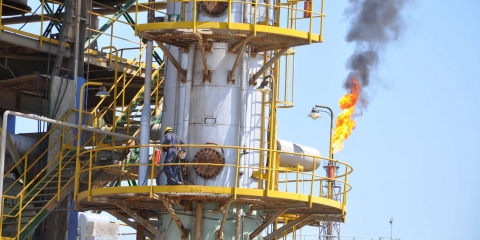Aleppo and Mosul are bound together by history. Now they are part of a 21st-century tragedy.
Just 300 miles separate Mosul, Iraq, and Aleppo, Syria, two cities very much in the news in recent months. They are in the grips of separate government-led offensives to reclaim the cities from insurgent factions. In an operation that started in mid-October, a coalition of Iraqi forces and Kurdish militias backed by the United States seized […]Ishaan Tharoor writes for The Washington Post:
Just 300 miles separate Mosul, Iraq, and Aleppo, Syria, two cities very much in the news in recent months. They are in the grips of separate government-led offensives to reclaim the cities from insurgent factions.
In an operation that started in mid-October, a coalition of Iraqi forces and Kurdish militias backed by the United States seized towns in the outskirts of Mosul, which has been occupied and terrorized by the extremist Islamic State group since the summer of 2014. Now they are engaged in a steady, attritional war over the city’s neighborhoods. In Aleppo, the Syrian regime, aided by Russian airstrikes and Iranian-sponsored militias, encircled rebel enclaves, bombed civilian areas indiscriminately and finally appears to be on the cusp of reclaiming the city in its entirety.
There is much that also binds the fates of Mosul and Aleppo. As the smoke of battle clears, we’re seeing images of the devastation of two of the Middle East’s most historic cities. The ancient pre-Islamic remains of Nimrud, on the banks of the Tigris near Mosul, were systematically dismantled and vandalized by the Islamist militants. Biblical sites within Mosul were detonated. Aleppo’s Old City, once one of the Middle East’s preeminent tourist sites, famed for its souks and the medieval citadel, is a ghost town of rubble and ruin.





